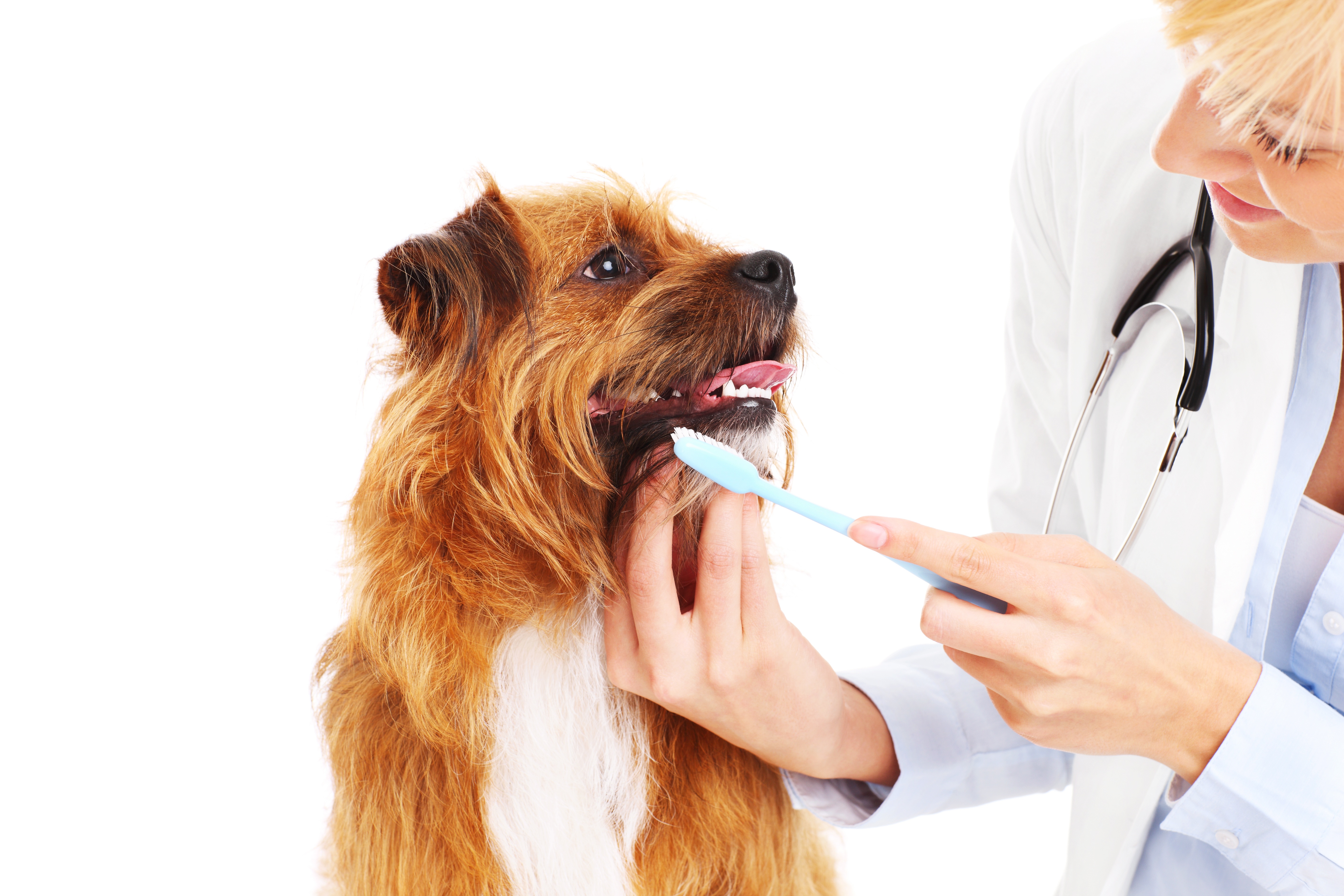 The oral cavity has an abundant blood supply and an epithelial surface constantly bathed by saliva, a fluid rich in antimicrobial properties, resulting in oral tissue healing more rapid than skin. Sterile surgical preparation of the oral cavity for extractions is not necessary, however, using clean instruments and adequate preparation of the surgical working area is recommended. Good accessibility and exposure to the surgical site is important while creating gingival flaps to expose the tooth and alveolar bone adequately. Gentle tissue handling is used to minimize tissue trauma and promote faster healing. Appropriate instruments that are clean, sharp, well taken care of and stored properly will maintain the effectiveness and longevity of the instruments.
The oral cavity has an abundant blood supply and an epithelial surface constantly bathed by saliva, a fluid rich in antimicrobial properties, resulting in oral tissue healing more rapid than skin. Sterile surgical preparation of the oral cavity for extractions is not necessary, however, using clean instruments and adequate preparation of the surgical working area is recommended. Good accessibility and exposure to the surgical site is important while creating gingival flaps to expose the tooth and alveolar bone adequately. Gentle tissue handling is used to minimize tissue trauma and promote faster healing. Appropriate instruments that are clean, sharp, well taken care of and stored properly will maintain the effectiveness and longevity of the instruments.
Preference for suture material will vary, however, absorbable sutures are recommended such as chromic gut, Vicryl or Monocryl. Suturing techniques may vary according to procedure, but generally a simple interrupted pattern is used. Gingival flaps are created to adequately expose the alveolar bone over the roots. One problem many veterinarians have is that they do not make a large enough flap and when they go to suture closed, the gingival flap may not be large enough to lay over the extraction site and as a result creates too much tension resulting in dehiscence of the flap. When closing gingival flaps there should be absolutely no tension, avoid unnecessary gaps and the sharp edges of alveolar bony crests with spicules should be smoothed with a diamond bur, all will promote optimal healing.




